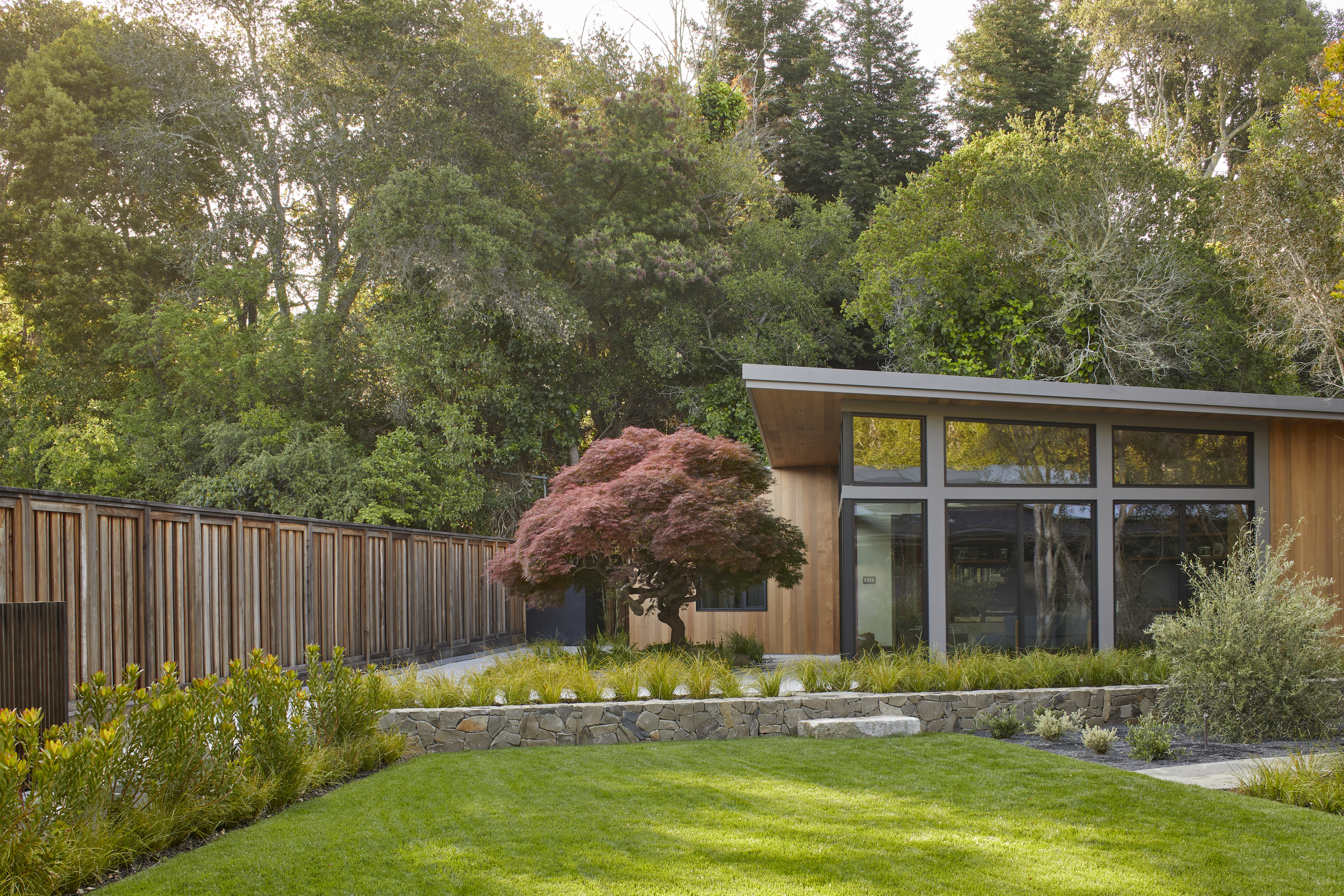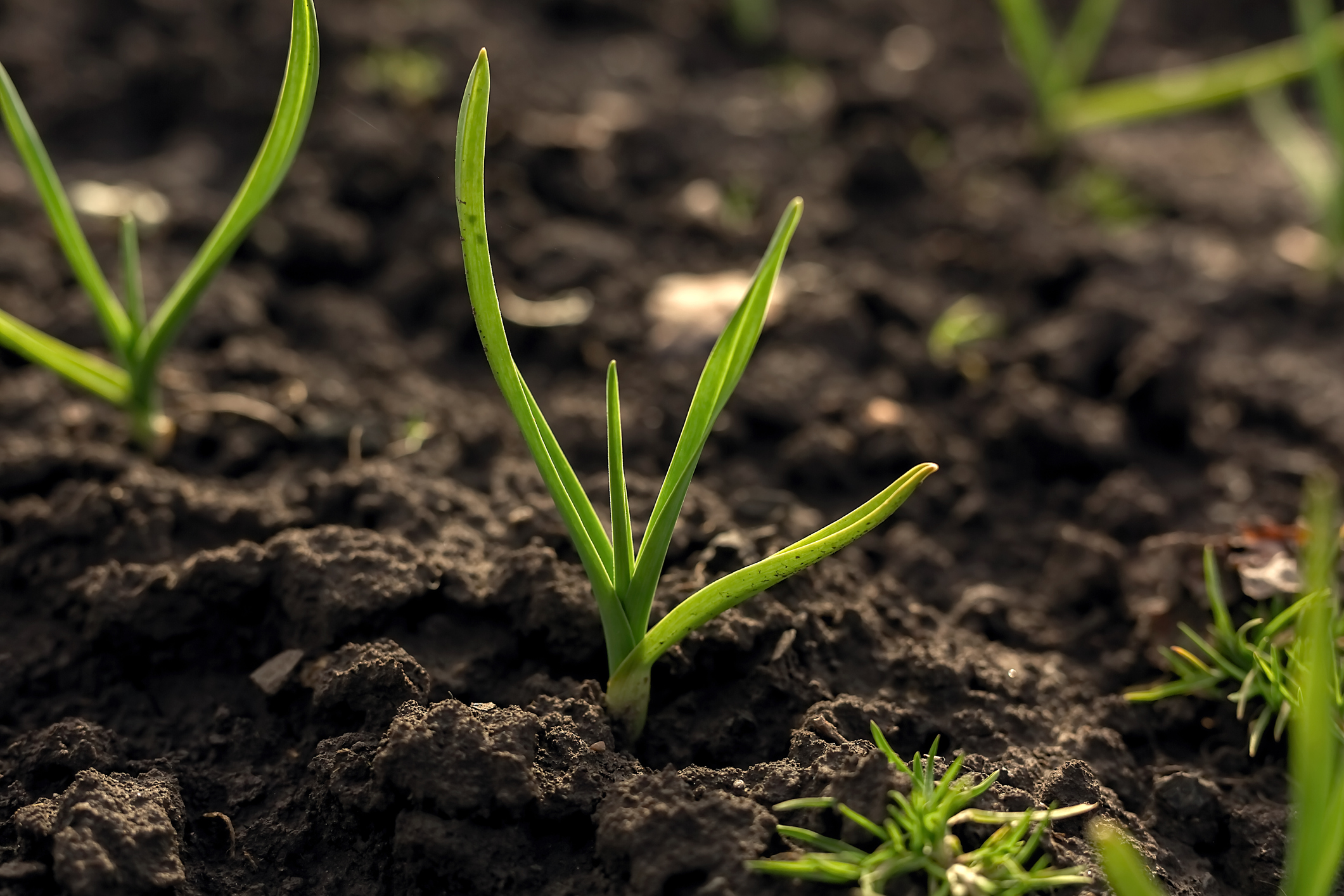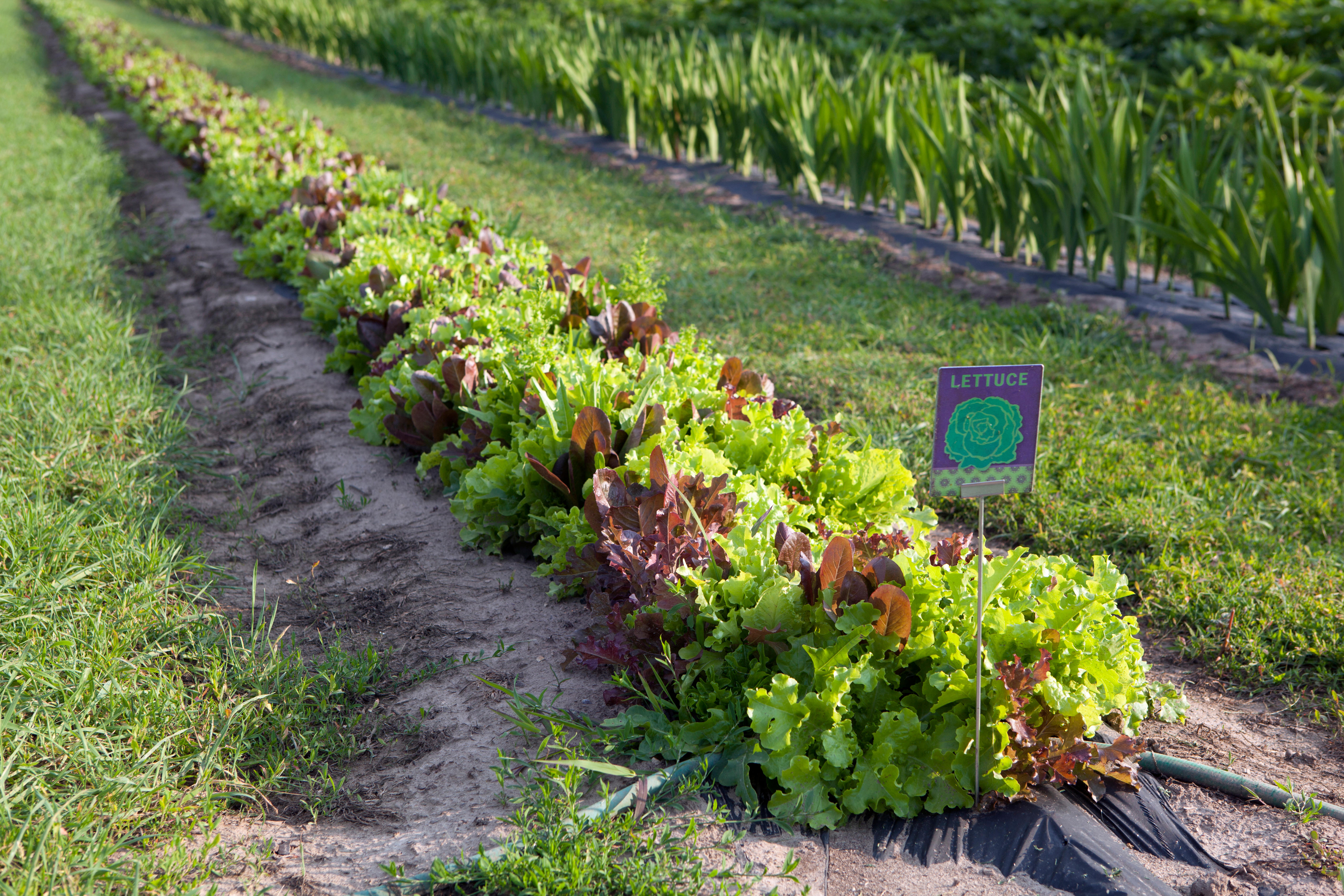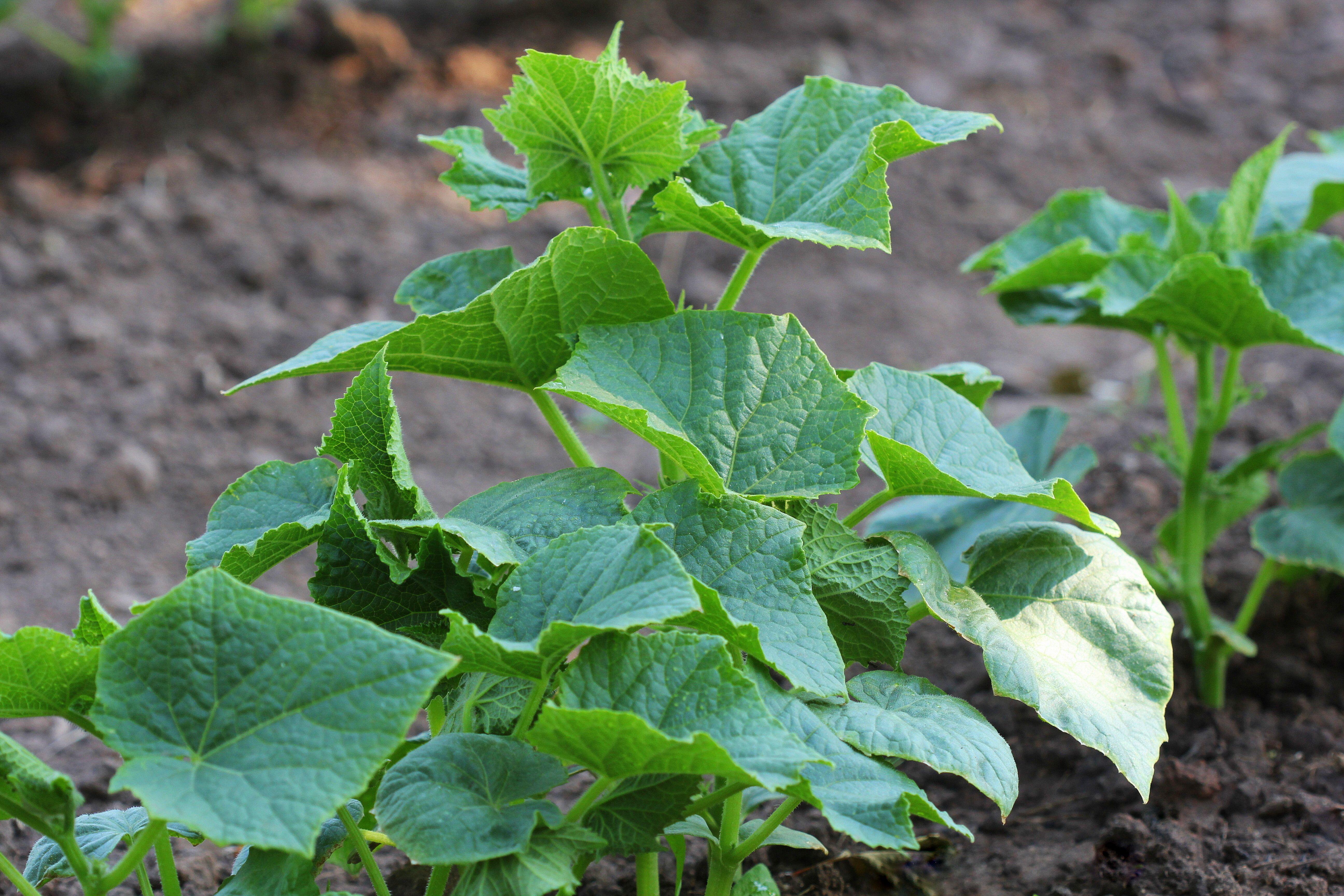Lasagna gardening 101 - a beginner's guide to this planting trend that improves your veg and flower beds
Lasagna gardening is the simple technique of recycling, composting, and making high-quality soil for low-maintenance beds


If you're planning on creating a fresh, new planting bed and are already stressing over the work at hand, you need to try out lasagna gardening. Also known as sheet composting, this is a much easier, stress-free way of planting that involves no digging!
Think of the delicious Italian pasta that is made in layers, all in the right order for the perfect dish. Similarly, this technique too involves the careful and gentle coating of greens, waste, and more to create rich soil over time.
If you love going the green way and are up for an exciting new project, then this garden trend is just for you. Find out everything about it from the top garden experts in the world.
What is lasagna gardening?

When it comes to urban gardening ideas, lasagna gardening is a growing trend. 'Lasagna gardening, also known as sheet mulching, is a no-dig gardening technique that involves layering organic materials on top of each other to create a nutrient-rich garden bed,' says Diana Cox, founder of The Gardening Talk. 'This method is beneficial for several reasons: it requires no tilling, preserves soil structure and fertility, and helps to retain moisture.'
'A lasagna garden bed is also a hidden compost pile,' says Reese L, founder of Pure Gardening. 'Layers of organic material will decompose over time, adding nutrients to the soil and improving soil structure. Building a lasagna bed is a simple and sustainable way to create a raised garden bed without using heavy equipment or disrupting the existing soil.'
How do you prepare for lasagna gardening?

'Lasagna gardening is straightforward, as you don't need to dig up or till, or remove your existing lawn,' says Richa Kedia, garden expert and founder of Simplifyplants & Nurserylady. 'You can start a lasagna garden on top of your existing lawn or garden bed, which makes it perfect for beginners or those with little gardening experience.'
'Typically, a lasagna bed will consist of alternating layers of brown (carbon-rich) and green (nitrogen-rich) organic material,' says Rees. 'The layers can vary in thickness, but it's crucial to ensure that there is a nice thick layer of soil on top. The layer of soil will compress the compostable material and provide a stable growing medium for your plants.'
The Livingetc newsletters are your inside source for what’s shaping interiors now - and what’s next. Discover trend forecasts, smart style ideas, and curated shopping inspiration that brings design to life. Subscribe today and stay ahead of the curve.
If you're wondering how to choose plants for your garden to build a lasagna bed, it's best to avoid root crops or other deep-rooted plants while the layers of the bed are still decomposing. 'The decomposition process can increase the risk of root diseases in plants with deeper roots,' says Rees. 'Instead, starting with shallow-rooted plants, such as leafy greens or herbs, is recommended as they are less likely to be affected. Once the lasagna bed has fully decomposed and settled, you can plant deeper-rooted plants.'
Get your lasagna garden started with this ready-to-buy compost and manure made with all natural ingredients.
What are the steps to lasagna gardening?

Here is a step-by-step guide to creating the perfect modern garden using the lasagna plant bed technique, offered by gardening expert, Diana.
Choose your location: Find a spot with good sunlight exposure and level ground. It's best to avoid low-lying areas that are prone to flooding.
Gather supplies: You'll need a variety of organic materials, including cardboard or newspaper, compost, manure, straw or leaves, and any other organic material you have available.
Clear the area: Remove any grass, weed, or other plants from the area you've chosen.
Lay down your first layer: Cover the area with a layer of cardboard or newspaper. This will help to suppress any remaining grass or weed and prevent them from growing up through your lasagna bed.
Add organic materials: Start layering your organic materials on top of the cardboard or newspaper. A good lasagna bed should be at least 12 inches deep, so plan to add several layers of materials. Some good options include compost, manure, straw, leaves, kitchen scraps, and grass clippings.
Water: As you add each layer, be sure to water it thoroughly. This will help to activate the decomposition process and ensure that your materials break down properly.
Repeat: Continue layering your materials until your lasagna bed is at least 12 inches deep.
Top it off: Once you've reached your desired depth, add a layer of straw or leaves on top to help retain moisture and keep the soil cool.
Let it rest: Allow your lasagna bed to rest for several weeks to several months, depending on the time of year and the materials used. The organic materials will break down and create nutrient-rich soil for planting.
Ideally, four to six layers are ideal, while others suggest up to 10. The key is to create a deep enough bed to allow for proper decomposition and nutrient absorption.
Pros of lasagna gardening

If you're wondering how to plan a modern garden, a lasagna bed is a great way to build one, since it is full of benefits. 'One of the primary benefits of lasagna gardening is that it doesn't need soil tilling,' says Richa. 'Unlike traditional gardening, you need not run heavy equipment to till the soil, which helps prevent soil compaction and soil erosion. The organic materials used in lasagna gardening, such as leaves, grass clippings, and compost, help to improve the soil's fertility and structure. These layers of organic matter break down over time, creating nutrient-rich soil perfect for growing healthy vegetables and flowers.'
'Unlike traditional gardening methods that require tilling the soil, lasagna gardening involves layering organic materials on top of the soil,' says Richa. 'As the layers of organic matter will eventually eliminate existing weeds and prevent new growth, you will have to spend less time weeding and more time enjoying your garden. And finally, it is an affordable way to start a garden, as it requires minimal equipment and can be done using readily available materials.'
Cons of lasagna gardening
For a great courtyard garden or a terrace garden, while lasagna gardening is recommended, you should keep its cons in mind. 'Lasagna gardening requires a lot of organic materials, to begin with,' says Richa. 'If you don't have access to organic matters like leaves and grass clippings, you may need to purchase them, which can quickly add up to a big amount.'
'This technique also requires a lot of preparation and planning, so you must have a lot of patience,' says Richa. 'You need to gather enough materials to create the layers, and it can take several months for the layers to break down and create nutrient-rich soil. You need to wait 4-6 months after the initial setup before you can plant your first sapling, which is impossible for everyone.'
'The layers of organic materials can attract pests such as slugs, snails, and rodents,' says Richa. 'If you already have a pest problem in your yard, this method may not be the best choice for you. It would be best to deal with the pest first, as these can be a nuisance, especially when growing vegetables and fruits.'
And finally, to maintain the nutrient-rich soil, you'll need to continue layering organic materials on top of your lasagna garden over time. 'You can consider this as a large pot that doesn't have many nutrients of its own, so once the initial batch of organic matter breaks down and the plant takes up all the nutrients, you need to top the layer with compost or other organic matter to continue the process,' says Richa.

Aditi Sharma Maheshwari started her career at The Address (The Times of India), a tabloid on interiors and art. She wrote profiles of Indian artists, designers, and architects, and covered inspiring houses and commercial properties. After four years, she moved to ELLE DECOR as a senior features writer, where she contributed to the magazine and website, and also worked alongside the events team on India Design ID — the brand’s 10-day, annual design show. She wrote across topics: from designer interviews, and house tours, to new product launches, shopping pages, and reviews. After three years, she was hired as the senior editor at Houzz. The website content focused on practical advice on decorating the home and making design feel more approachable. She created fresh series on budget buys, design hacks, and DIYs, all backed with expert advice. Equipped with sizable knowledge of the industry and with a good network, she moved to Architectural Digest (Conde Nast) as the digital editor. The publication's focus was on high-end design, and her content highlighted A-listers, starchitects, and high-concept products, all customized for an audience that loves and invests in luxury. After a two-year stint, she moved to the UK and was hired at Livingetc as a design editor. She now freelances for a variety of interiors publications.
